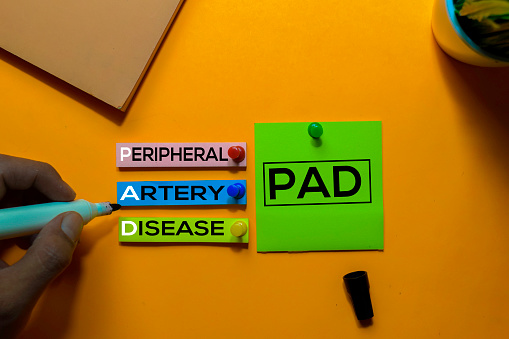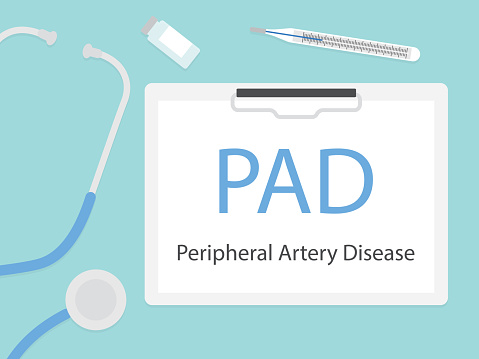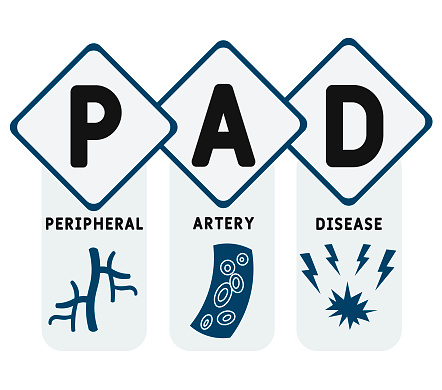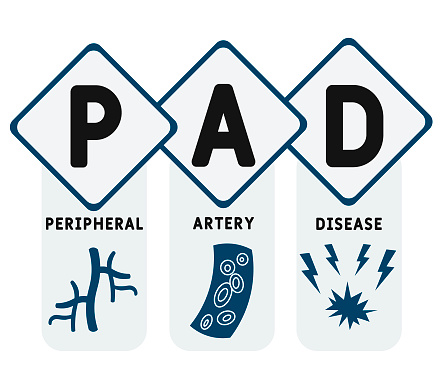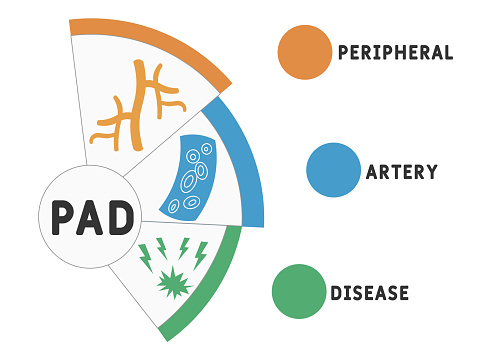Egyptian patients with diabetes mellitus (DM) and peripheral arterial disease (PAD) incur a high risk of micro- and macrovascular disease, according to a study published in the Journal of Community Hospital Internal Medicine Perspectives.
In this study, researchers analyzed 161 Egyptian patients with DM and PAD, with an average diabetes duration over just over 14 years. They assessed PAD diagnosis using the ankle/brachial index (ABI) by Doppler ultrasonography.
According to the results, there was a notable correlation observed between abnormal ABI and diabetes duration, ischemic heart disease (IHD), diabetic retinopathy and neuropathy, foot ulcers, elevated blood pressure (BP), creatinine, urine albumin/creatinine ratio (ACR), and triglycerides, and a significant negative correlation with HDL. A multivariate regression analysis showed that independent predictors for PAD in patients with ABI <0.9 were neuropathy, creatinine, triglyceride, LDL, urine ACR, and low HDL. For patients with ABI >1.3, independent PAD predictors were IHD, neuropathy, elevated diastolic BP, and triglycerides.
“The risk of micro- and macrovascular disease is high in Egyptian patients with diabetes and PAD,” the researchers concluded. “Early diagnosis and good control of risk factors could reduce PAD progression.”
Link: https://pubmed.ncbi.nlm.nih.gov/33889323/
Keywords: Peripheral arterial disease, ankle/brachial index, diabetes, macrovascular, microvascular


